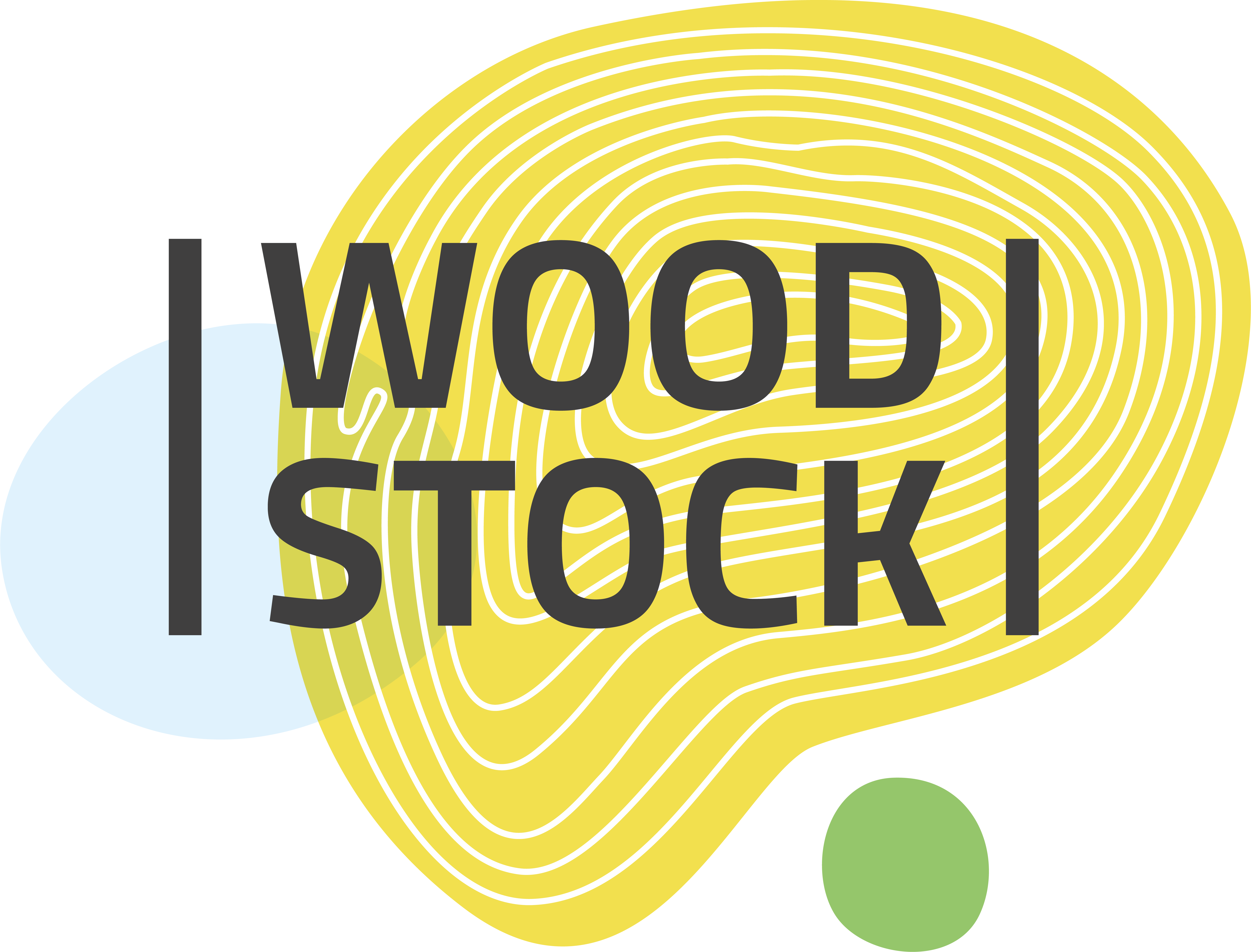
NTNU’s responsibilities in WoodStock
-
WoodStock maps the stocks and flows of wood resources along the supply chain from forests to buildings for selected countries and Europe. This model will be used to inform stakeholders about opportunities and barriers for efficient use of wood resources.
-
Establish a joint approach to conducting living labs, to increase the robustness of the methods and to ensure fair participation.
-
An Innovation Support Task Force will facilitate the further development of participants' ideas beyond the co-creation labs, whether through citizen initiatives, entrepreneurial ventures, or academic research.
-
Contribute to develop a model to track wood and carbon from forests to buildings, supporting a European overview and the development of zero-waste solutions.
-
Develop high-level storylines for the future role of wood in the EU.
-
Develop a dynamic model of forest and building stocks to evaluate climate measures, with results presented in an online tool for policy and business use.
-
Conduct an international survey of cultural acceptance and perception of underutilized wood streams across Europe.
Photo: Outcome from the WoodStock workshop at NTNU in 2025. Photo: Eva H. Murvold/NTNU.



